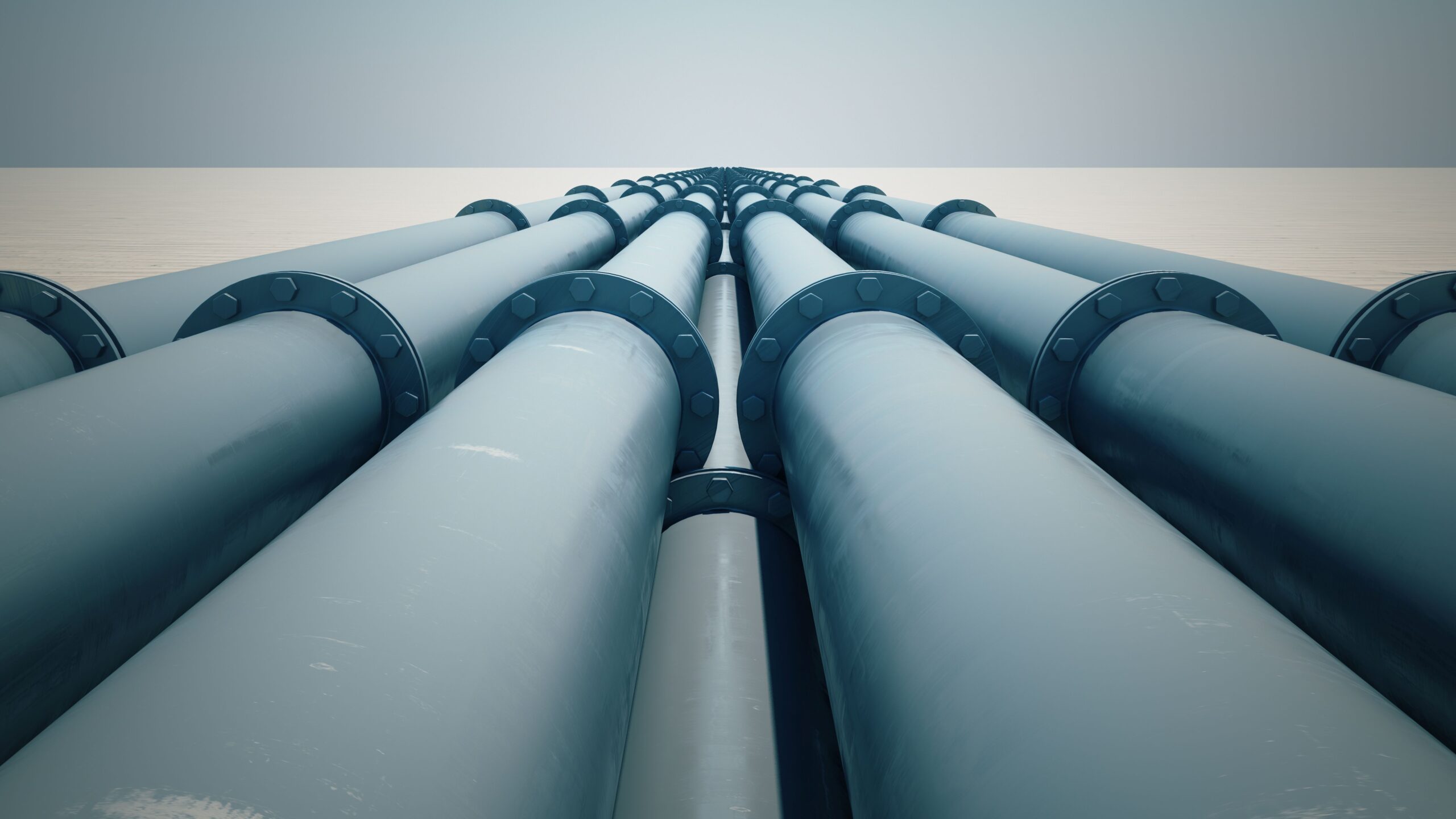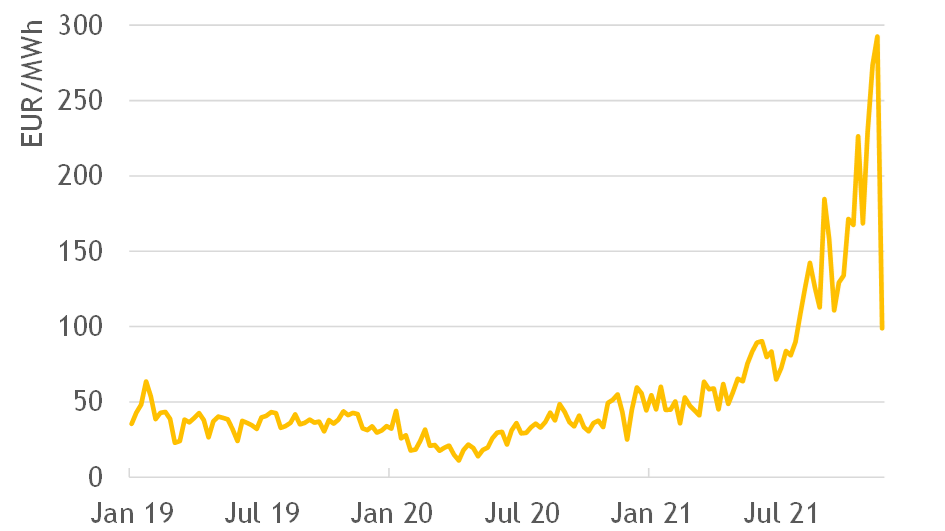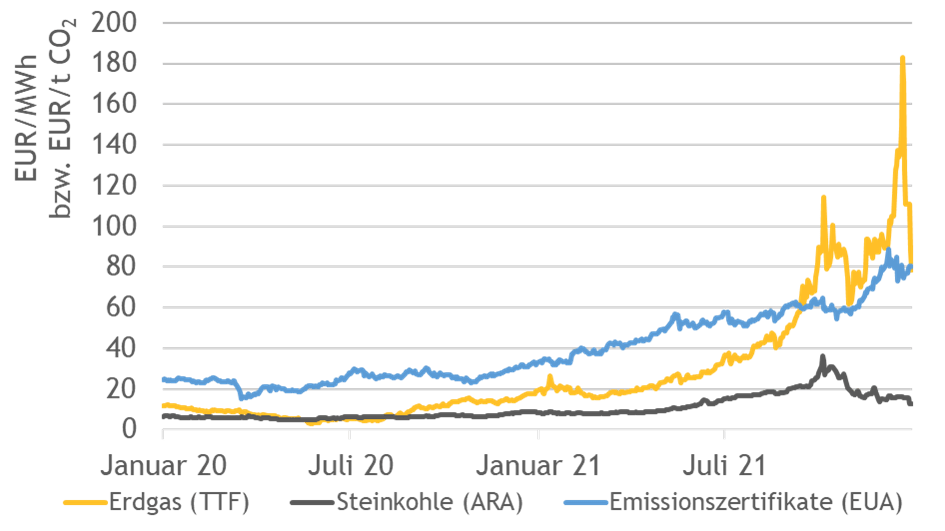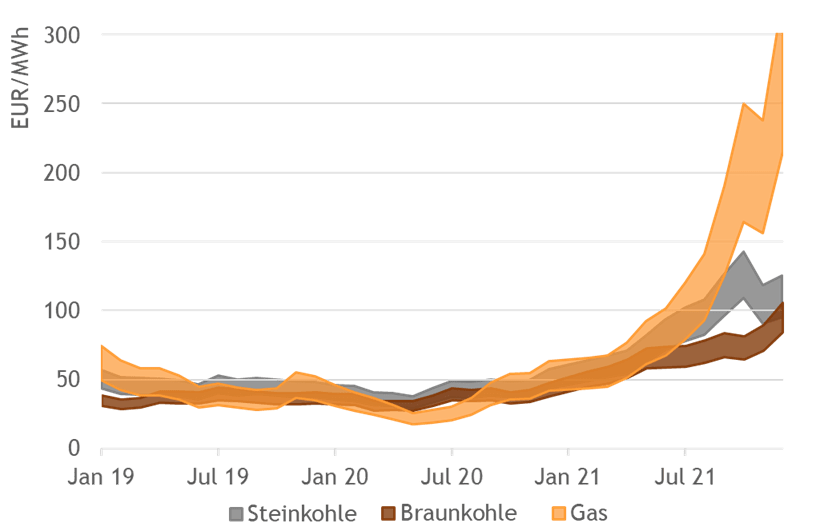
500 euro and more per megawatt hour – that’s how much wholesale electricity costed in some hours last year. Especially in the second half of the year, price peaks were recorded; in calendar week 51, the weekly average was as high as 293 EUR/MWh. On average 97 EUR/MWh were paid for electricity on the exchange, more than three times as much as in the previous year.
Researchers from the Institute of Energy Economics (EWI) at the University of Cologne have investigated why these record prices occurred in the brief analysis “Electricity prices at record levels in 2021”. The analysis by Dr. Eren Çam, Fabian Arnold and Konstantin Gruber is based, among other things, on the – now freely available – EWI Merit-Order Tool 2022, which can be used to approximate the merit-order of conventional power plants based on their marginal costs.

“In 2020, demand for electricity, natural gas and coal had collapsed as a result of the globally spreading Corona pandemic,” says Dr. Eren Çam. “Therefore, electricity was much cheaper in 2020 than in 2019, but during 2021 the global economy recovered, and therefore fuel prices jumped up. This development in combination with high CO₂-prices resulted in a particularly sharp increase of electricity prices last year – especially from July onwards.”
The main driver were the record prices for gas, for which more than 150 EUR/MWh was paid temporarily last year. Different developments in the global gas market contributed to these high prices:

Hard coal prices also rose significantly last year. “In addition to the economic recovery, global hard coal demand was supported by high gas prices,” says Fabian Arnold. “One example: In power generation, coal is an alternative to gas. When gas is particularly expensive, coal power plants step in, therefore demand increases and so does the price.”
The high global demand for hard coal overlapped with various bottlenecks on the supply side, caused for instance by heavy rainfalls in Indonesia, flooding in China and severe storms in Australia and the USA. In addition, there were logistical problems due to technical disruptions at railways and ports of loading. Measures to contain the pandemic also caused delays in shipping, which led to rising transport costs.
European CO₂-prices also contributed in part to German electricity prices reaching a record high last year. “Since hard coal and lignite-fired power plants have higher CO₂ emissions than gas-fired power plants, switching from gas-fired to coal-fired electricity increases the demand for CO₂ emission allowances,” says Dr. Çam. The higher demand combined with the tightening of European climate targets and low wind feed-in led to record prices of almost 90 EUR/tCO₂.

Overall, the higher prices for fuels as well as CO₂ emission certificates increase the marginal costs of power plants and subsequently influence the order of deployment on the electricity market, the so-called merit order. The average marginal costs of gas and coal-fired power plants in 2021 were at a significantly higher levels than in previous years. Since the price increase for natural gas overcompensated for the rise in CO₂ certificate and hard coal prices, coal-fired power plants benefited in the merit order of conventional power plants.
Whether electricity prices will remain at these high levels in the short term depends largely on developments in the gas market. In the long term, the further decommissioning of nuclear and coal-fired power plants is likely to change the merit order of conventional power plants.